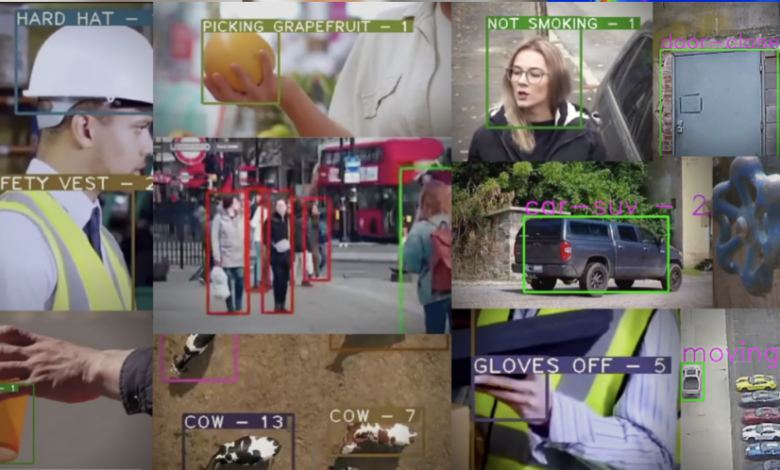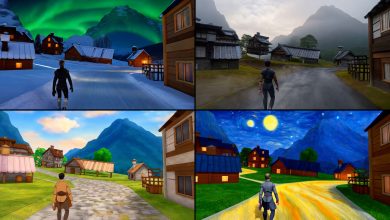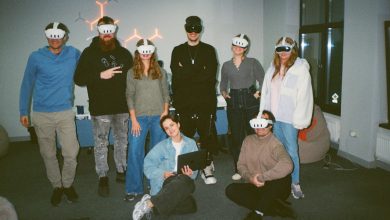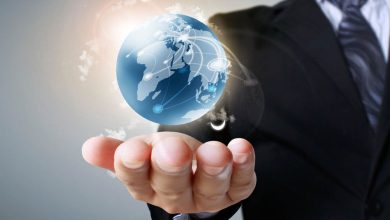
The world is fast approaching a digital transformation inflection point, unlike anything we could have foreseen. The positive effect of software innovation on the world thus far will pale in comparison to the visual tasks machines are poised to accomplish. This is because vision is so fundamental to our own internal human analytics, and because AI has only seen a sliver of success – until now.
Seeing, The Importance
Sight is the most crucial of all human senses. For some species in the animal kingdom, the sense of smell is perhaps as important, if not more so, than the sense of sight, but for humans reliance on the sense of sight is higher than any other sense. Brainline defines vision as “the process of deriving meaning from what is seen” and as for the importance of vision, according to the lens technology firm Zeiss, “ We perceive up to 80% of all impressions by means of our sight.”
The power of sight allows us to count objects, safely navigate the spaces we inhabit, and react to and anticipate visual events over time. Now with computer vision, machines can also identify and classify objects and react to what they “see” just like humans and other animals, only much, much faster. The enhancements to human understanding of the world offered by computer vision and AI are an exciting development and infinite possibilities.
The Benefits Of Computer Vision
Computer vision has moved far beyond the limits of human sight. Computer vision can achieve near-perfect monitoring accuracy of well over 90% and detections in 20 milliseconds or less. This isn’t hype. Computer vision is real and superior to the abilities of human visual perception.
We now live in a world where AI can detect defects and guarantee that a factory no longer ships any bad products. Surgical procedures are monitored with computer vision to ensure no foreign objects are left inside a patient, avoiding additional medical procedures, and preventing deaths and lawsuits. Objects can be counted far faster and more accurately than people can, whether they are people streaming through airports or shipping containers moving around a port.
Not only is computer vision reducing business risks and lowering costs, but it is also affecting and enhancing our world. Our cars can “know” what’s happening around them – and inside of them. Your smart-home can know where you “lost” your keys and grocery stores can tell you where everything is, not just the aisle, but the exact location on the shelf.
Cameras as sensors can detect and label everything, allowing AI and computer vision to augment human activities.
Disruption For Good
As with any technological revolution, computer vision will bring a range of changes that will impact our work lives. The industrial revolution of the 19th century resulted in considerable upheavals in society, but this transformation brought down the cost of goods and made more material comforts available to more people. The same was true for the digital revolution of the late 20th century, allowing the distribution of digital assets like movies and music and maps, disrupting how we take rides, order products, and find mates.
The AI revolution will be no different. Jobs will change with the coming wave of computer vision applications as we replace manual visual systems with automated processes. In the security industry, for example, the cause of many alerts at perimeters is unknown, but now detection with AI will mean instantly processed video, allowing people to respond with more information. We will need people not just to respond to the data generated from AI, but also to create AI models that help the world be a better place, from the early detection of fires to the instant counting of cells on slides in a drug discovery process
Coming Soon To A Life Near You
Over the next several years, literally all cameras will transform into intelligent edge devices that use AI models to better analyze the video and images they capture. These AI models are literally ready now, and if the model doesn’t exist we can train the AI in hours, but deployment isn’t happening in a vacuum. Global systems integrators are working out how to deploy this new infrastructure for the largest companies in the world. Telecoms are also working to deliver computer vision via 5G to businesses. Very soon, convenience will only need a 5G camera to use AI for inventory management, theft prevention, security and safety. Cameras in doorbells, on ceilings and street lamps, will all “derive meaning from what they see” and computer vision will soon be as ubiquitous as electricity.
With computer vision in the workplace, both employees and cows will be happier because mistreatment of one by the other can now always be known. The products we consume will be higher quality and safer as well, because computer vision can detect defective bottle caps on factory lines moving at five or more per second, faster than the human eye can detect. We take the industrial and digital revolutions for granted now, just as we will a life filled with AI and computer vision that sends us helpful information of every conceivable kind. Yes, the AI will see you soon, and help ensure better outcomes for all of us.





If you want to know more, connect with us at Chooch AI